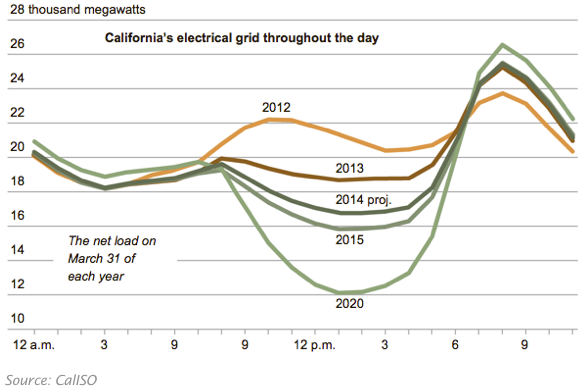UPDATE (Spring 2023) two important papers came out:
1) https://www.nature.com/articles/s41377-021-00465-1I was frankly thrilled when I found a paper this year from Gan Huang, Kai Wang & Christos N. Markides . Christos Markides is head of the Imperial College London’s Clean Energy Lab.
It is an essential road map for anybody considering spectral splitting and concentrating approaches. A must read paper. Markides’ inaugural lecture (video link) at ICL also addresses the domain.
The combination of spectrum splitting AND concentration AND PV cell species, taken all together are a pretty complex interactive domain. I had been working using a basic sense of the spectrum available and the response curves for different PV species (mostly Si and GaAs), together with the NREL research cell chart. Which, for my level of design thinking, was sufficient, or so I hoped. But that nature.com article is just the sort of fleshing out that is needed.
2) Here is a super comprehensive survey paper. Markides keeps piling on the good stuff! (with many co-authors) they really cover the hybrid landscape going back decades and up to today. Not just Spectrum Splitters but the whole rogues gallery of hybrid collection.

